A guide to French watercress (cresson). How to eat it without it being too bitter, its health benefits, how it's harvested and easy recipes.
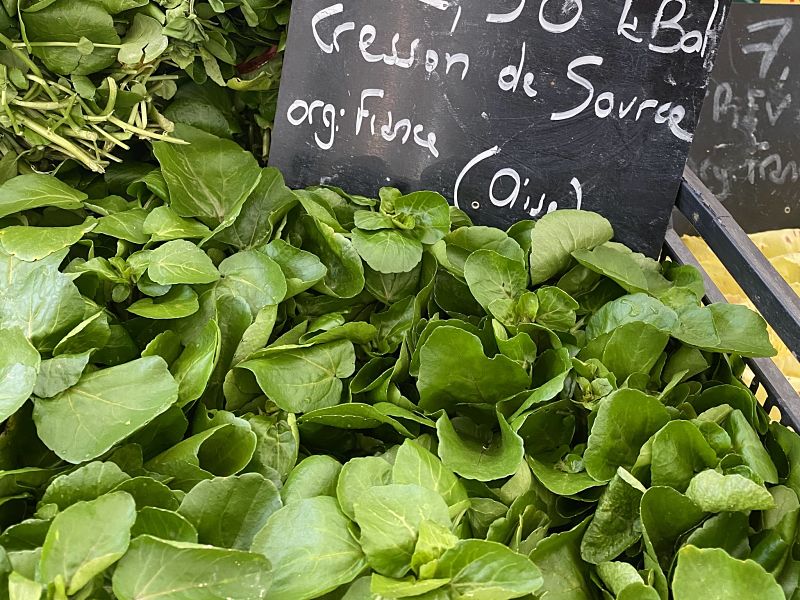
Seasons in France
It grows throughout Autumn, Winter and Spring. The season lasts between September and May with December seeing the best of the harvest.
What is Watercress? Where Found in France
Known as 'Cresson' in French, watercress thrives in cool flowing streams, where it grows submerged, floating on the water, or spread over mud surfaces.
It's a semi-aquatic plant (Nasturtium officinale) from the mustard family. It thrives in cool flowing streams, where it grows submerged, floating on the water, or spread over mud surfaces.
Don't confuse it with the garden ornamental watercress (genus Tropaeolum) that's grown on the windowsill and famously put into British egg sandwiches. Both are both completely different and not related.
It's mainly grown in Northern France since the beginning of the 19th century, thanks to Napoleon's Grande Armée. Joseph Cardon, head of the Grand Army's hospital, introduced it in France after seeing its popularity in Prussia. Known for its healthy properties and to avoid scurvy on sailing ships, he had beds built in Senlis and Chantilly near Paris.
Although grown in Normandy, it's mainly found in Essonne, Île-de France region, where the town of Méréville makes up 30% of production.
To obtain cresson directly, see this list of Essonne's local producers.
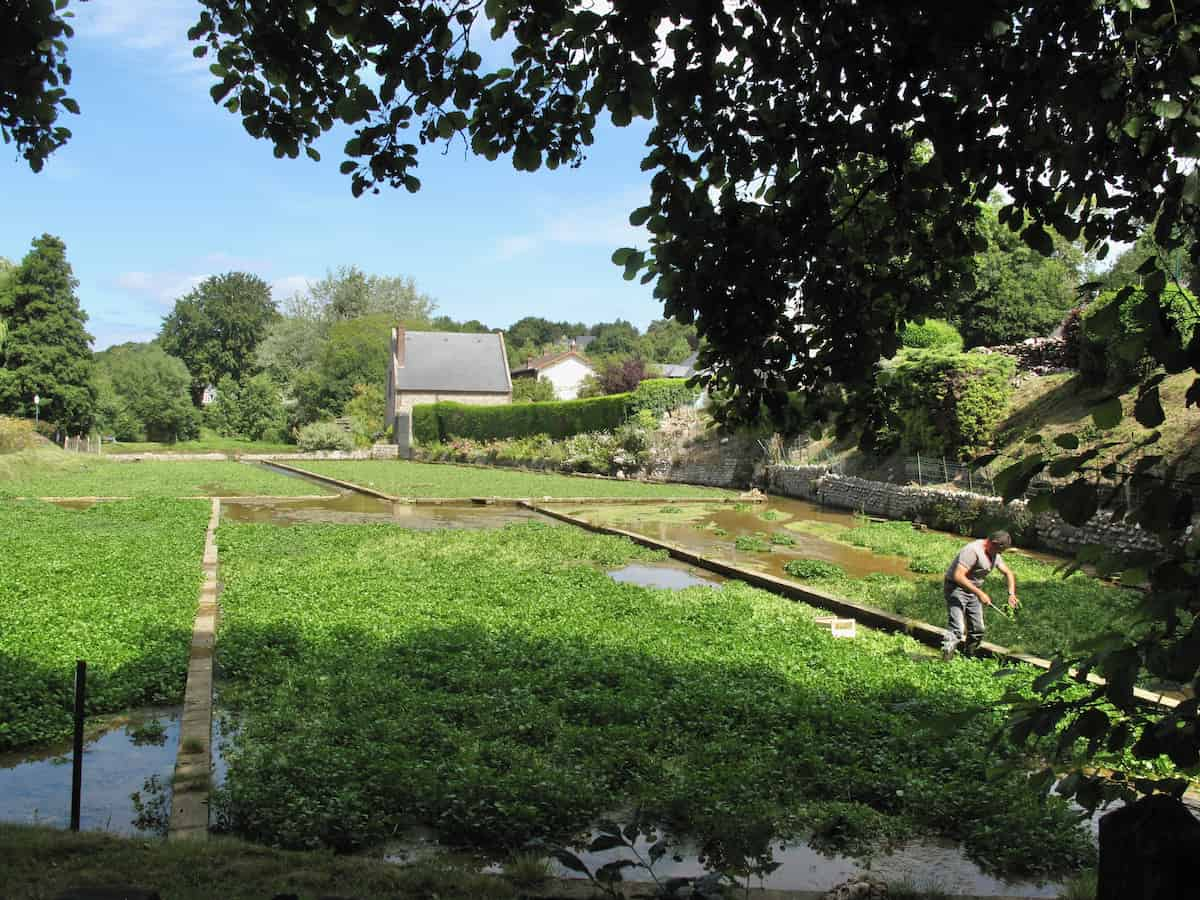
Two French Varieties
There are 2 varieties of 'cresson' in France:
- le cresson d'alénois eaten when young, and
- le cresson de fontaine - bigger leaves and more spicy/peppery.
How is Watercress Grown?
Join me for a walk along watercress lane (I want to live in a street called Chemin des Cressonnières - isn't it romantic?) in the Pays-de-Caux in Upper Normandy. It's the way to see the French watercress fields, or Cressonnières in Veules-les-Roses.

Veules-les-Roses French Watercress Fields
Veules-les-Roses on the Normandy coast is one of the prettiest towns in France and perfect for seeing watercress with 2 main attractions:
- It's home to the smallest river in France, the Veules. It's the shortest sea-bound river at 1.194 km (about ¾ of a mile), along which there are three restored 18th Century watermills.
- It's home to the beautiful watercress beds, (cressonnières) at the source of les Veules river.
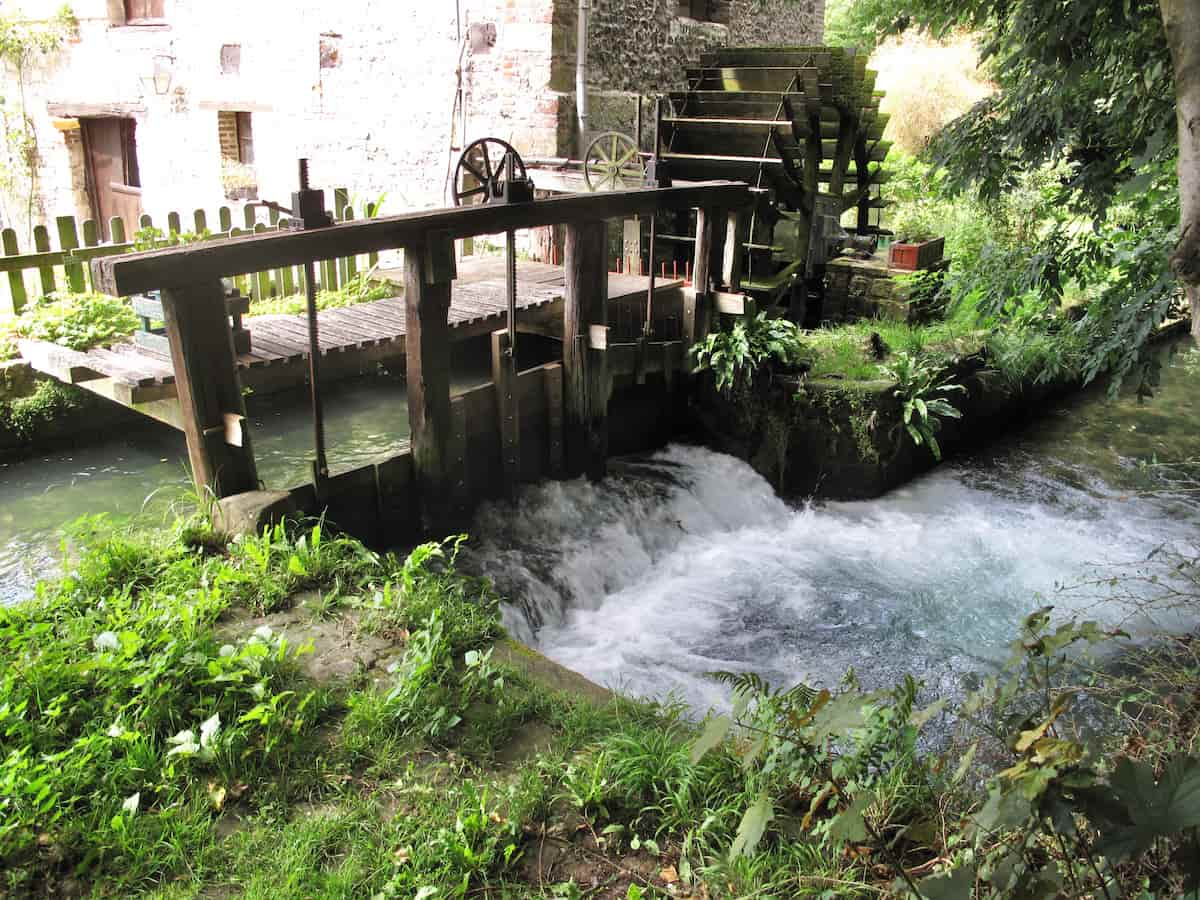
The clear running water's current of Veules-les-Roses has favoured the cultivation of watercress here since the 14th Century.
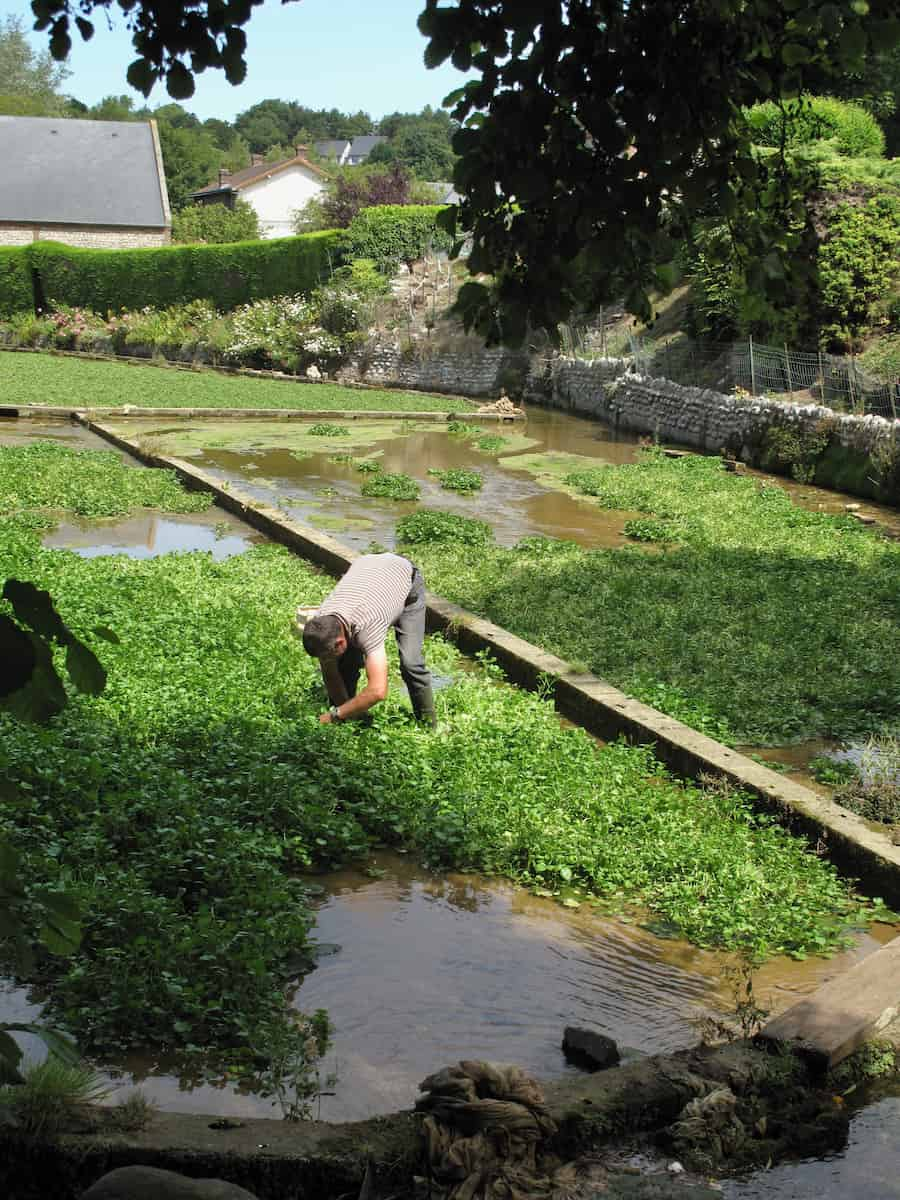
How is Watercress Harvested?
Harvesting watercress is done manually to sell in bunches - with just a knife and ties to make each bundle. The bunches of watercress that are formed during harvesting are called chignons, when the roots of the stalks come outside the bunch.
Luckily these days, harvesting is done wearing rubber boots. In another day, farmers had sodden feet steeped in 10cm of cold (about 10°C) water wearing clogs with heavy metal leggings!
La Fête du Cresson - Watercress Festivals in France
The watercress harvest of their 'Green Gold' (l'Or vert) is even celebrated with une Fête du Cresson in March, directly at the watercress beds ('cressonières').
- Cresson de Méréville, considered the French capital of watercress for 300 years.
- Veules les Roses, Normandy
To celebrate, 'Cressiculteurs' and local fans make vats of soup, explain the harvest plus local restaurants have special dishes using it - including a savoury crème brûlée!
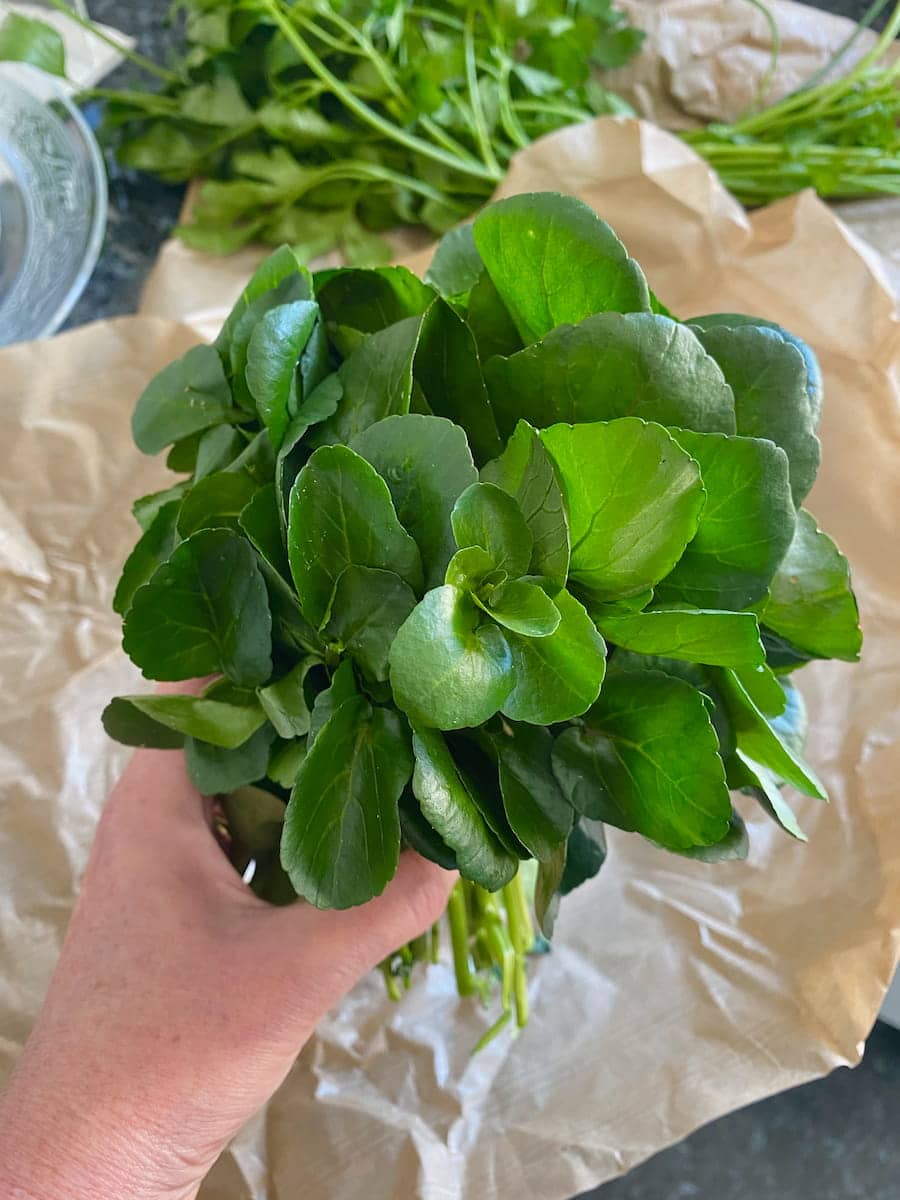
Health Benefits
According to Aprifel for the French Ministry of Agriculture, watercress is high in vitamin C (70% daily value) and K. It also contains Calcium, Potassium, Magnesium, Vitamin B6 and a trace of iron. It's also a good antioxidant.
According to the Watercress Company, watercress can help reduce the visible signs of skin ageing as it can also increase collagen production.
Can You Eat Watercress Raw?
Fresh watercress can be eaten raw, which is the best way to benefit from their healthy properties once washed well.
When eaten raw, it tastes slightly bitter and very peppery like mustard. When cooked, the bitterness disappears - it even has some slightly cheesy flavours which I urge you to seek out.
What Does Watercress Taste Like?
Watercress is known for its fine leaves and particularly spicy taste when eaten raw. However, its strong peppery taste subsides when cooked. If served as raw leaves in a salad, it's deliciously peppery with hints of mustard. We love it raw in small doses and it's delicious mixed with other salad leaves - served with this Onion Tarte Tatin, for example.
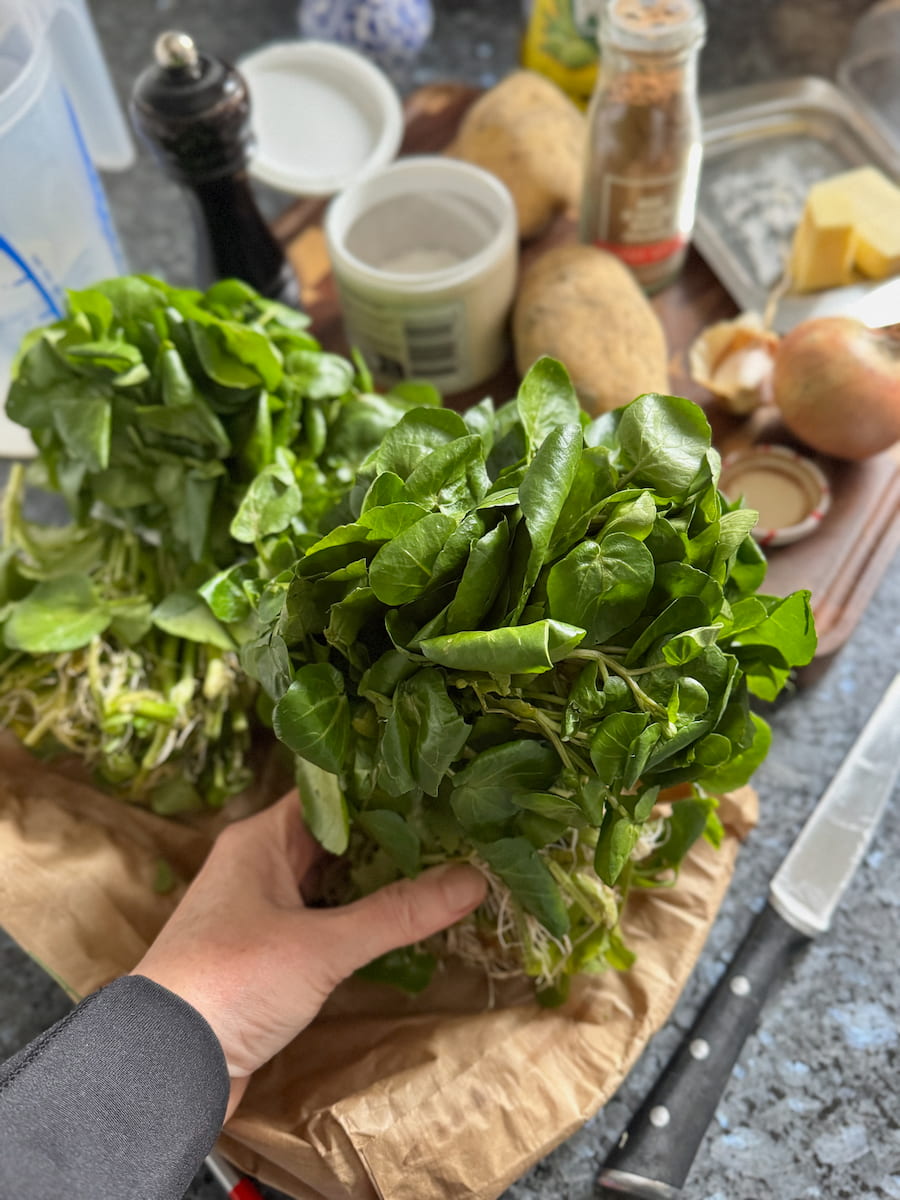
How to Choose, Store and Prepare
When choosing watercress, ensure leaves are dark green and consume quickly within 2 days. Store in the fridge then wash leaves in water with a few drops of vinegar to remove any grit.
As they are sold in bunches ('chignons'), it makes it easy to prepare them. Cut off the bottom stalks where the tie is. Open out all of the leaves and remove the larger woody stalks. The smaller stalks are also ideal for adding to soup.
Fun fact: Edith Cresson was French Minister of Agriculture (1981-83) and grew to French Première Ministre (1991-92).
Watercress Recipes
In France, le cresson is enjoyed eaten raw in salads - either as a side salad or with cheese before dessert. Most of all, when cooked, it's blitzed into soups as its vibrant natural deep greens make this extra healthy. Add any of these watercress recipes to your Saint Patrick's menu - it's so green!
The most famous French recipe is the classic, soupe au cresson or watercress soup. This freezes well too.
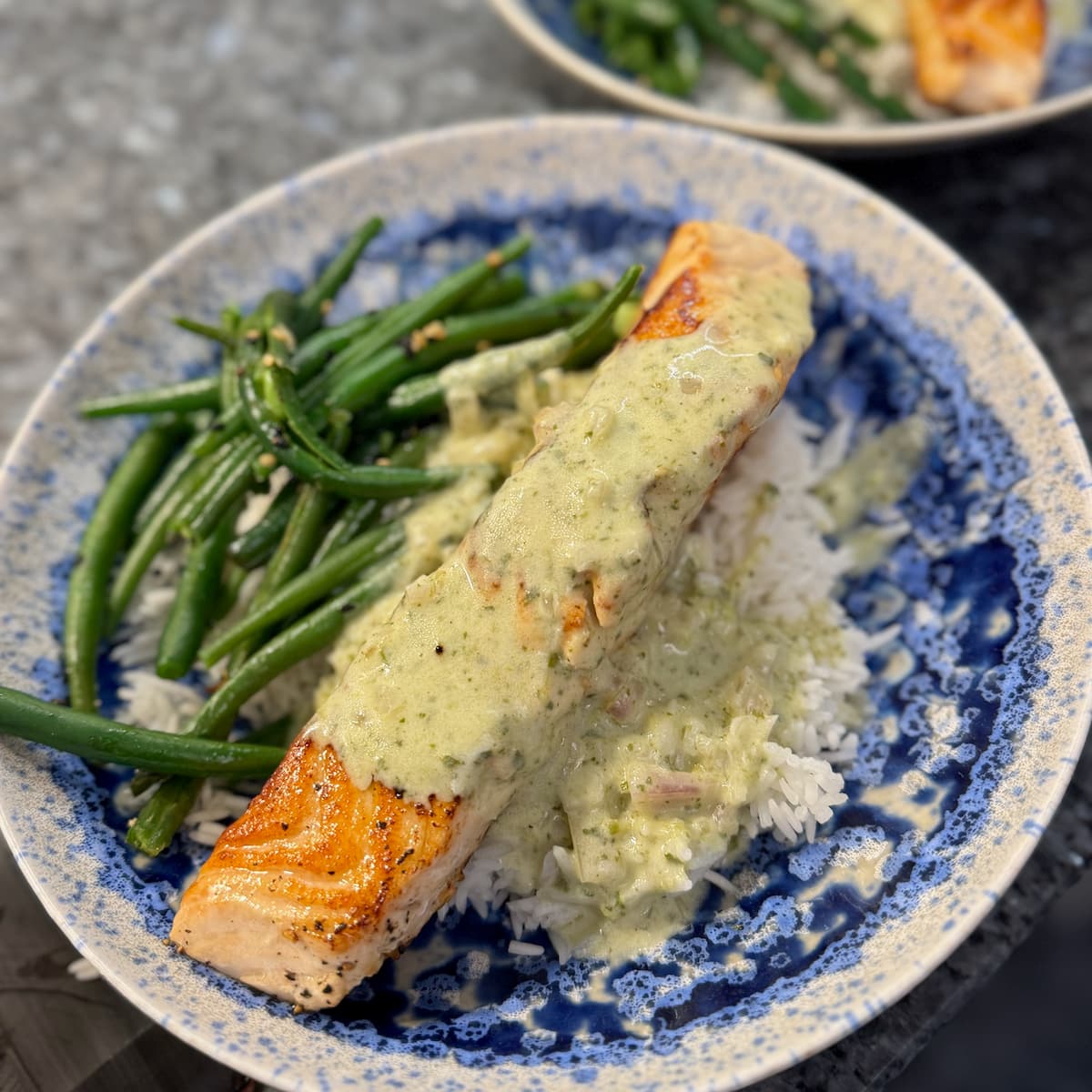
I've even tried adding a little of this soup to make the most incredible watercress sauce, made with the base of this beurre blanc sauce. Add about 3-4 tablespoons of the soup instead of lemon. It's fabulous with salmon and Basmati rice.
Replace lamb's lettuce in this Roquefort, Pear and Apple Salad - as it's particularly paired well with blue cheese and walnuts, this is a fabulous combination.
Likewise, the peppery taste is delicious alongside something more sweet, like these French Onion Tarte Tatins.
Serve watercress with smoked fish like salmon in this Corsican Charcuterie Plate with a side salad of beetroot and apple, which pair well too.
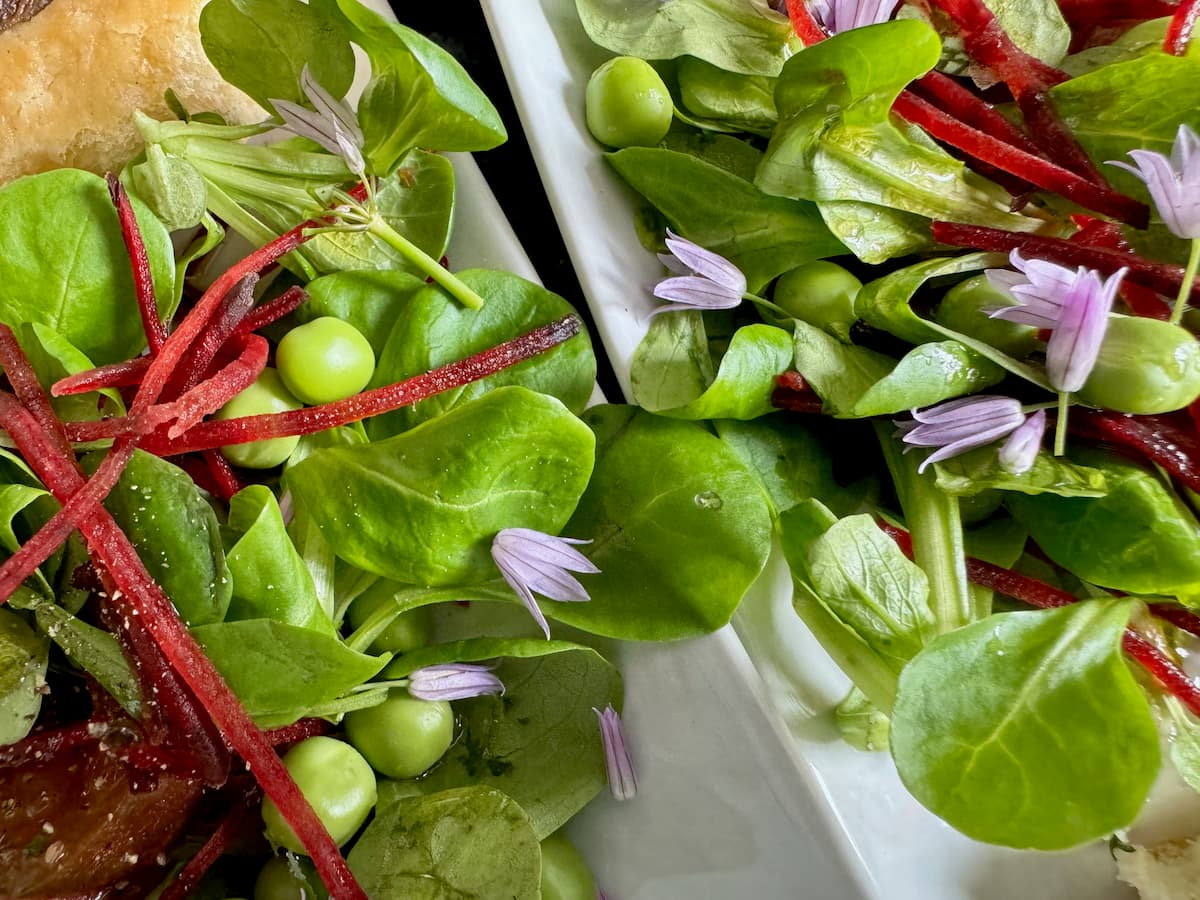
Add watercress leaves to make a simple green salad - so versatile, it goes with just about any dish.
This post was first published 9 September 2021 but is now completely updated.

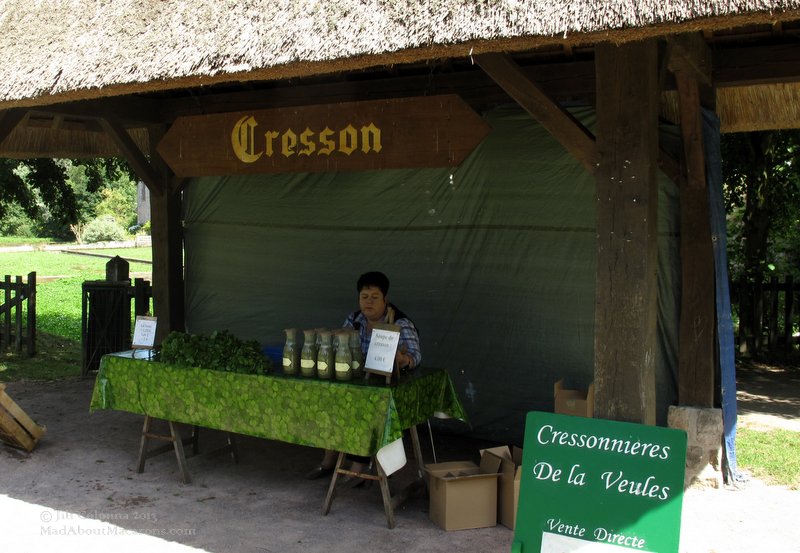
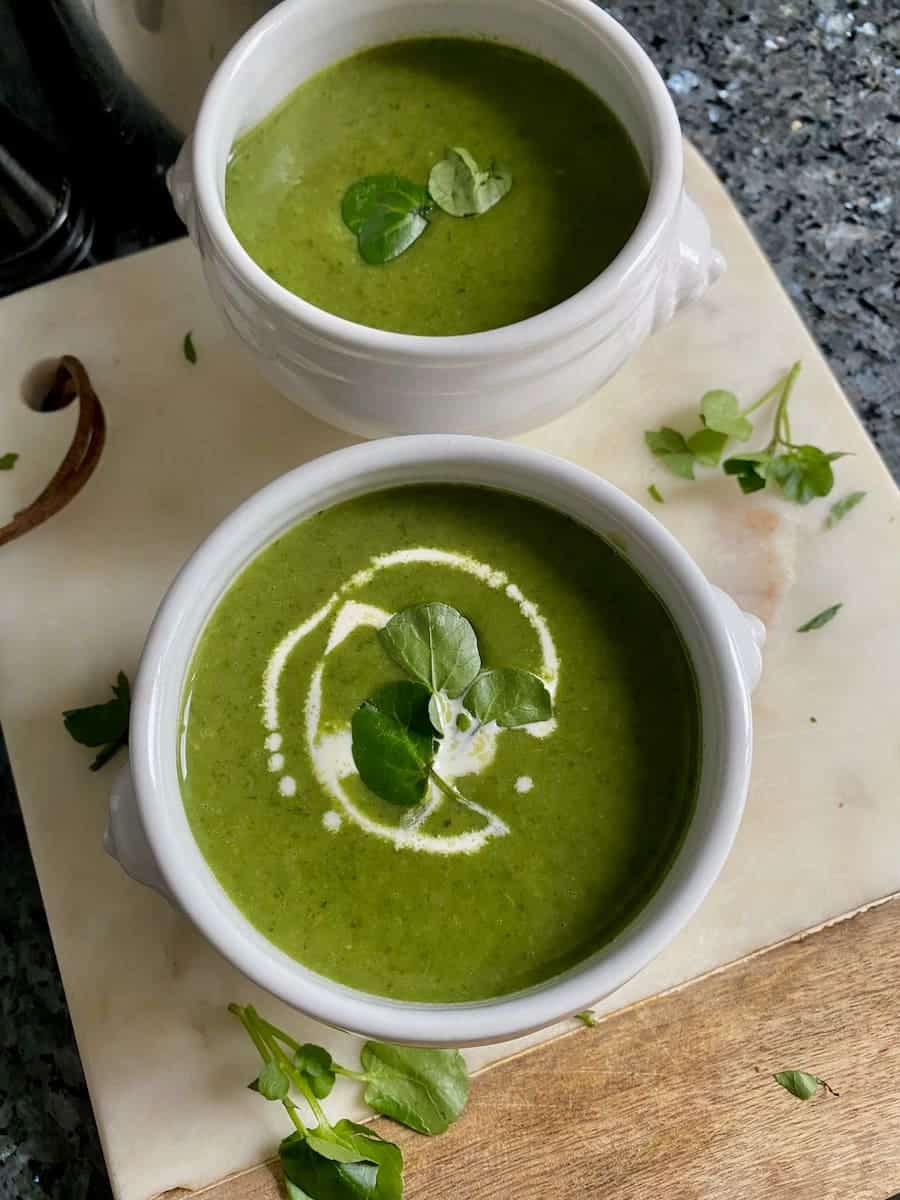
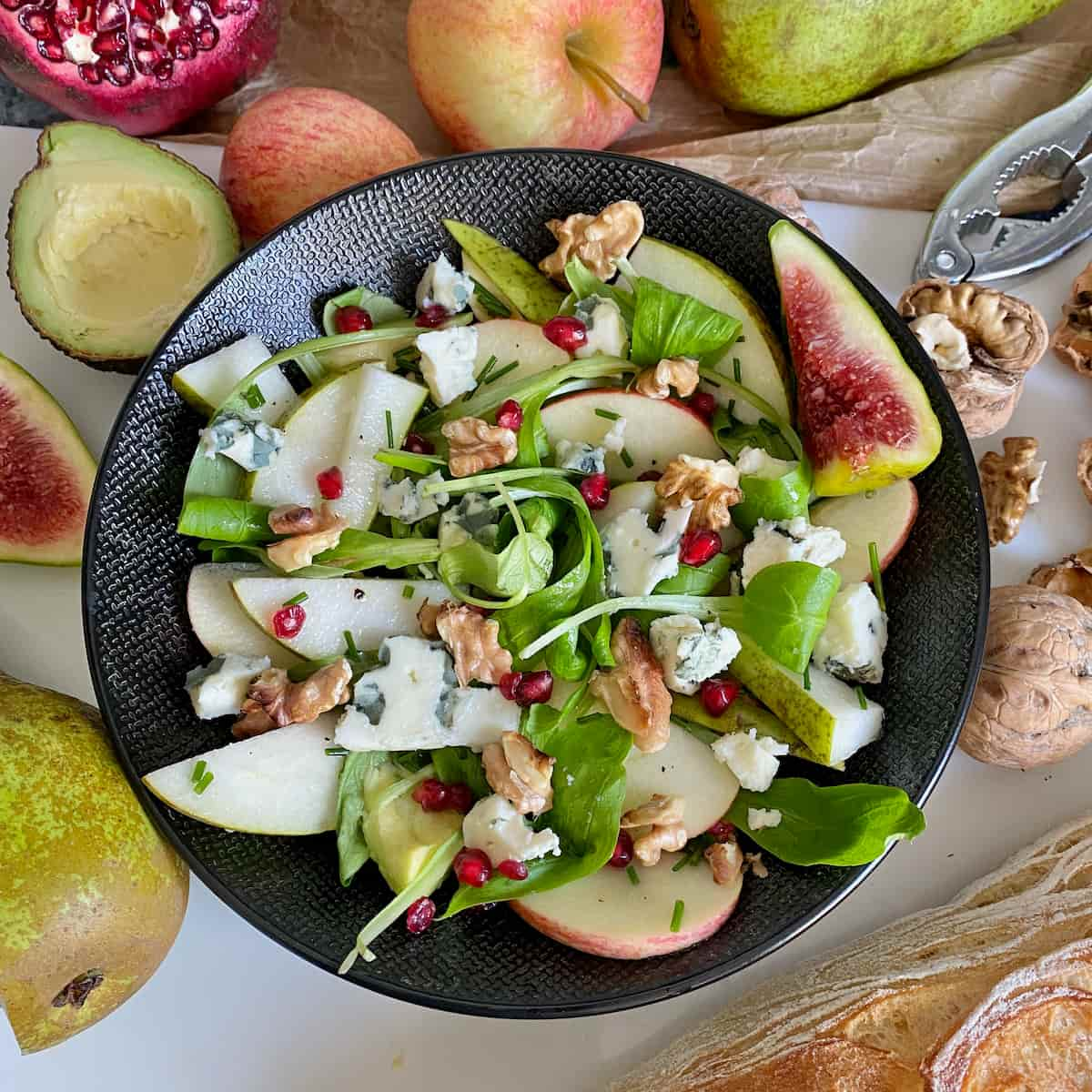
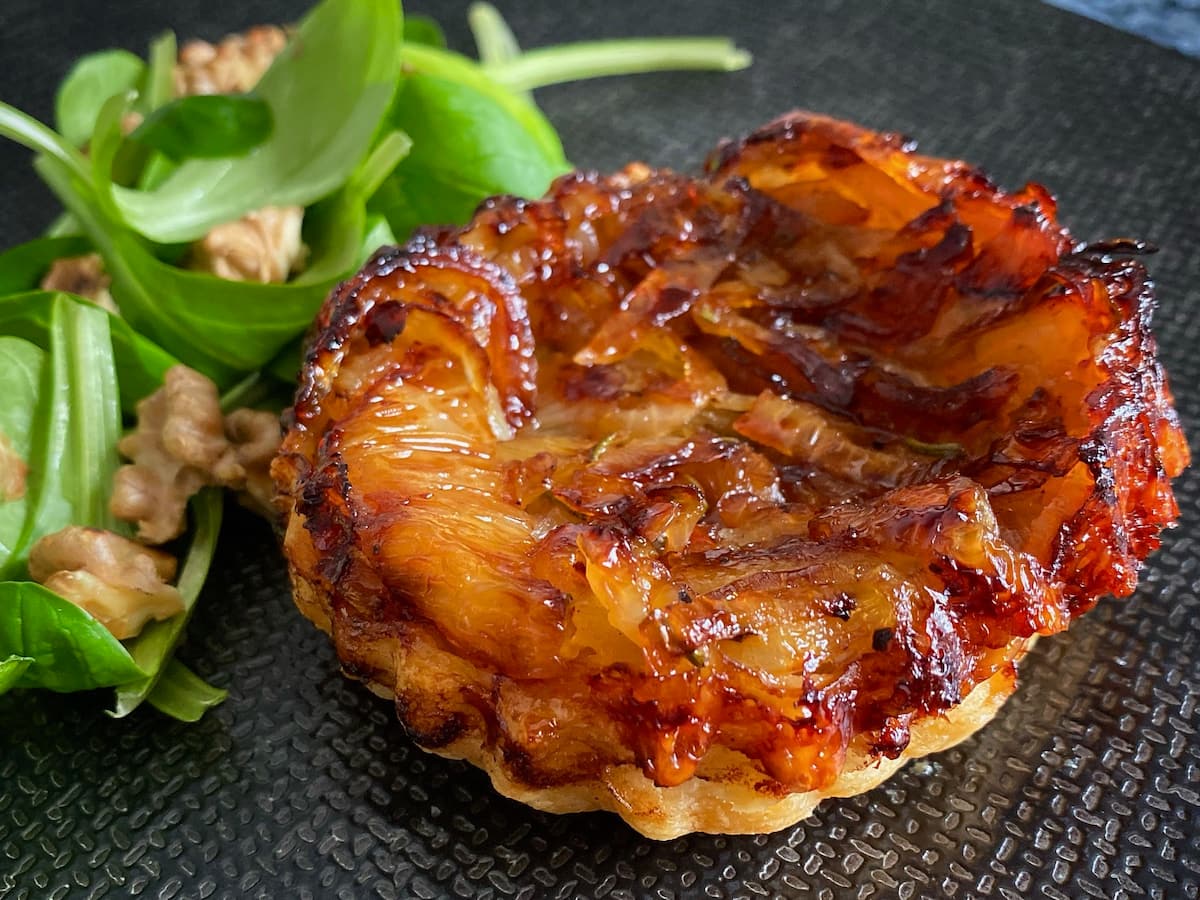
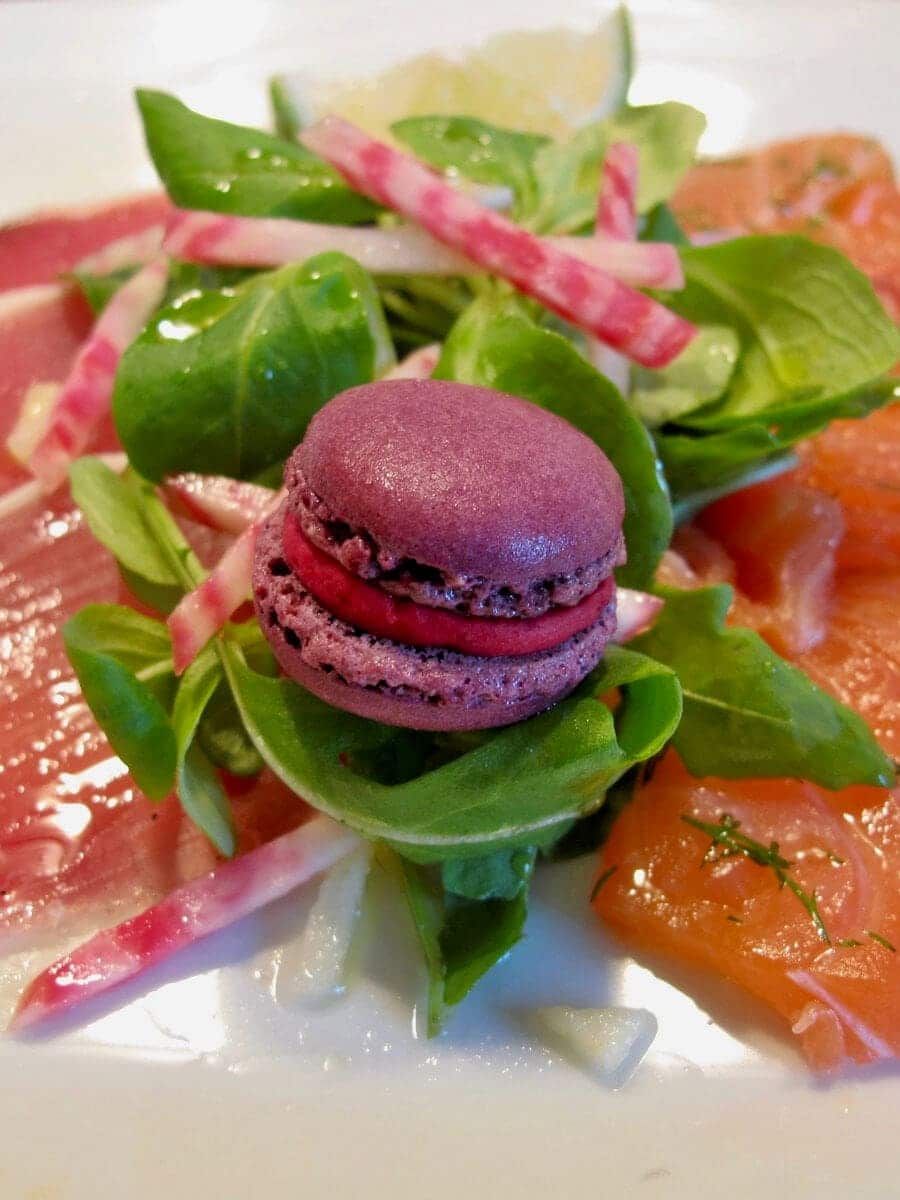
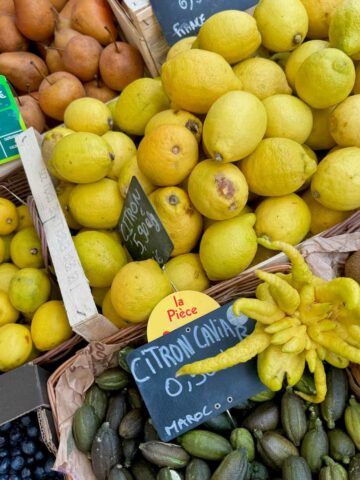
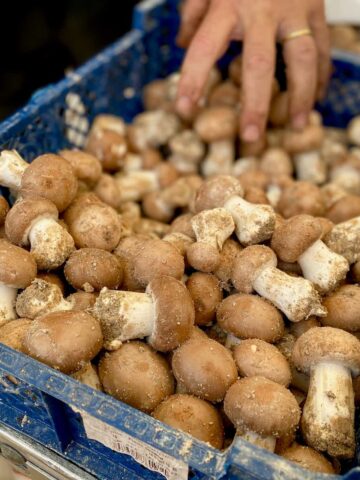

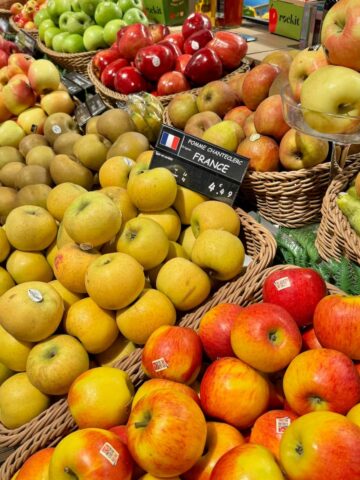

Please leave a comment